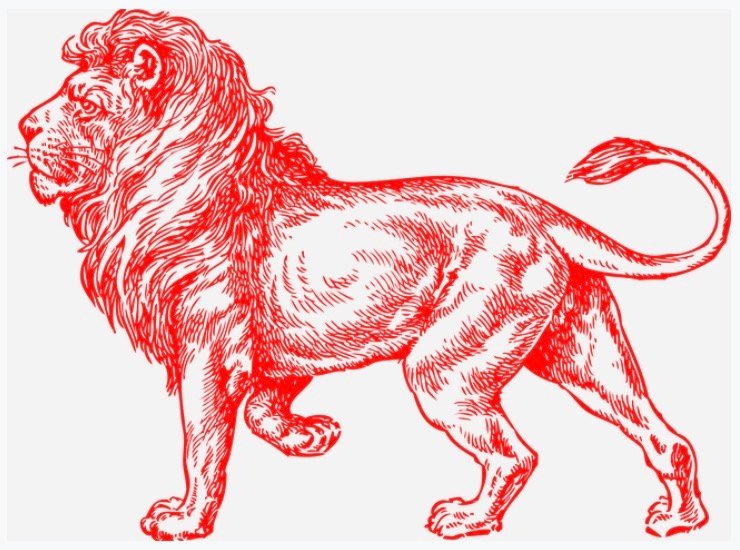Review: Trading options on ETF versus Index traded Funds.

Review of trading the SPY (the ETF) vs. the SPX (Index).
Trading-related Differences
SPX, DJX, NDX, and RUT options are Index Options. They are European Style options, which means, among other things, that their monthly “last trading day” is different than those of ETFs. Index options expire on the third Friday of the month, so their last trading day is the third Thursday of the month.
SPY, DIA, QQQ, and IWM are ETFs (Exchange Traded Funds) and are American Style options, and both the last trading day and the investor’s expiration day for these options are the same: the third Friday of the month just like options on individual stocks.
This is a major difference, because with the SPX option, and other Index Options, there could be a major development after the options market closes on the third Thursday of the month (last trading day)… which ends all trading in those options. There could then be an overnight development that causes the underlying index to open way up or down the following Friday (expiration day), but the index option investor is “locked in.” His last trading day has come and gone, but the settlement price of the index is determined on the basis of Friday’s market action.
Another big difference between the Index options and the ETF options is that the Index options are “cash settled” and the settlement takes place only on expiration day. ETF options on the other hand can be “assigned” at any time, but rarely would be unless they were in-the-money… and Safer Traders do not remain in positions that reach in-the-money status.
Another trade-related difference is liquidity and the related matter of wide or narrow bid-ask spreads. Liquidity of the SPY ETF is much greater than that of its Index counterpart the SPX. Therefore you can typically expect better (more favorable) fills on SPY orders whether you are entering or exiting the position.
Finally, there are differences in size of the contracts. For example, the SPY is 1/10 the size of the SPX; the IWM is 1/10 the size of the RUT; the QQQ is 1/40 the size of the NDX. This means that you would need to acquire more contracts of the SPY, IWM, or QQQ ETF contracts to equal the value of their index counterparts… and that means you would be paying more in commission for the same “buying power effect.”
However the higher commission disadvantage of the ETFs like SPY may be compensated for by the ETF’s narrower bid-ask spreads, often resulting in better fill prices, and the fact that you can still exit from a position on expiration Friday.
An additional important advantage of the ETF vs. Index approach is that the investor has the opportunity to take advantage of market movement to acquire greater premiums as he accumulates the ETFs at different prices on the way to equaling the buying power effect of a single larger Index.
Tax Treatment Differences
Here there is a substantial plus to Index options. The IRS treats these indexes differently from stocks (or ETFs).
The Index options get special Section 1256 treatment which enables the investor to have 60% of a gain as long term (at a 15% tax rate), and the other 40% treated as short term (at the regular 35% short term capital gains rate) even if the position is held for less than a year.
By contrast, the ETFs are treated as ordinary stocks, and thus if held less than a year, all gains are taxed at the less favorable 35% short-term capital gains rate.
Thus the Index options can be better from a tax standpoint. You should of course consult with your tax advisor to see how these tax implications may or may not be significant in your situation.
Summary
INDEX OPTIONS: SPX, DJX, NDX, RUT
European Style
Can exercise only on expiration day
Can enter or exit from position at any time prior to expiration.
Usually have wider bid-ask spread
Last trading day – third Thursday of month (day before expiration day)
Expiration day – third Friday of month
Tax treatment – 60% long-term
ETF OPTIONS: SPY, DIA, QQQ, IWM
American Style
Can exercise any day
Can enter or exit from position at any time prior to expiration.
Usually have narrower bid-ask
Last trading day – third Friday of month
Expiration day – third Friday of month (same as last trading day)
Tax treatment – entirely short term
Conclusion.
The decision to trade ETF versus Index options is complicated and more dictated by your trading style, the amount you have to trade and your tax bracket. When I trade “in the money” options I prefer Index options because of no early assignment risk. But when I trade OTM options I prefer ETF options because of the smaller premiums for out of the money options, the narrow bid ask spread gets me get better fills with higher credit, plus the high liquidity of SPY in particular means greater ease of closing “out of the money” positions. Your needs may differ. Good luck trader!
✍️ by Shortsegments
Posted using Partiko iOS